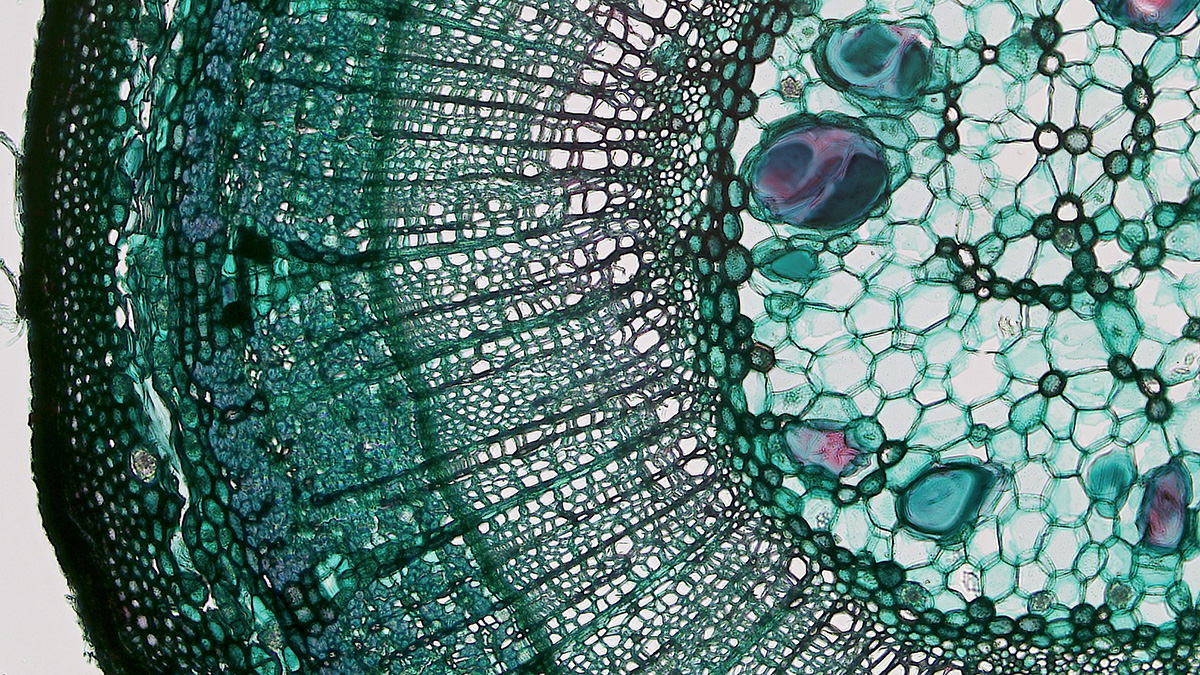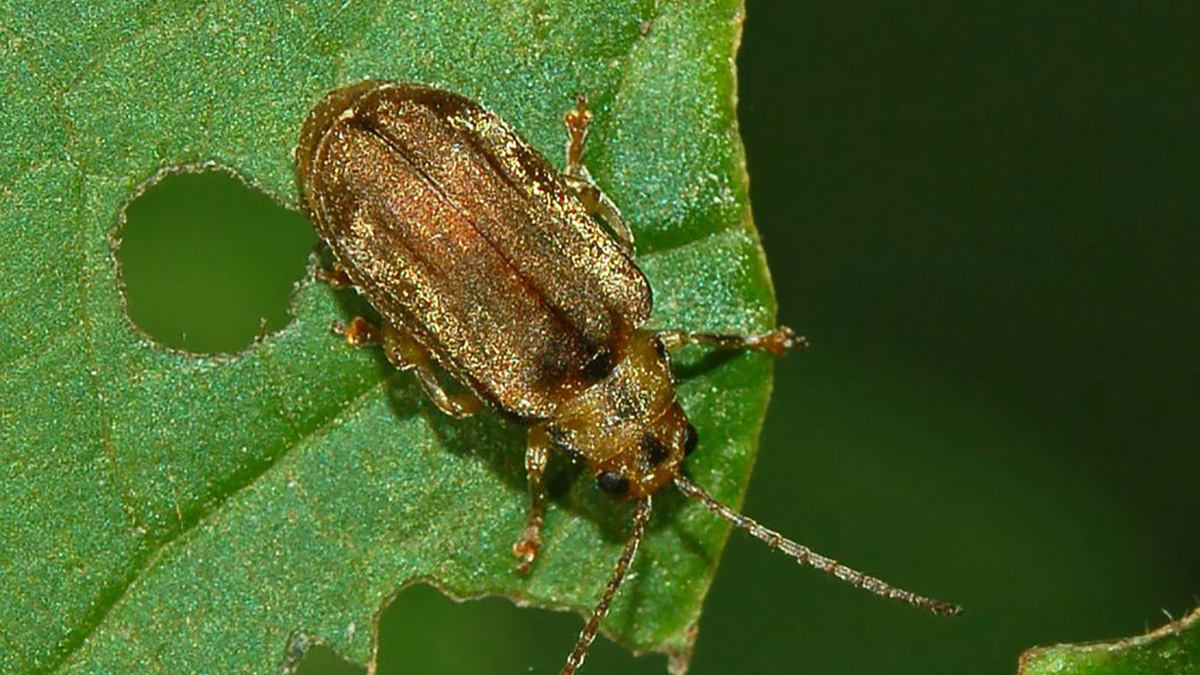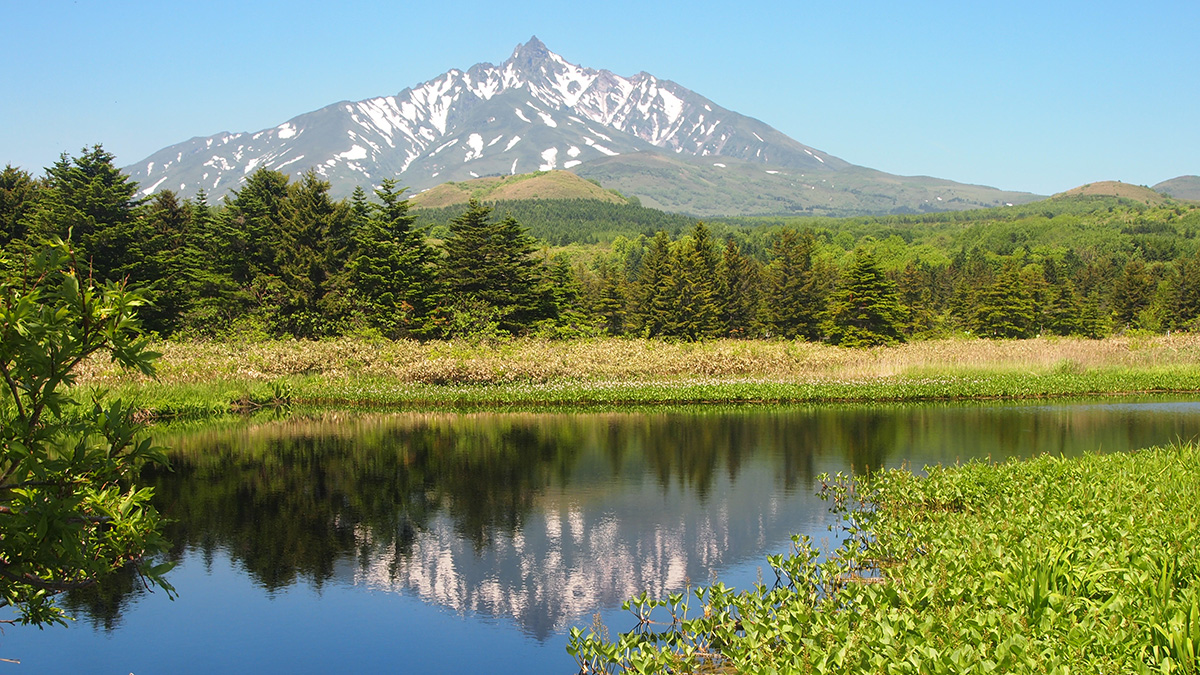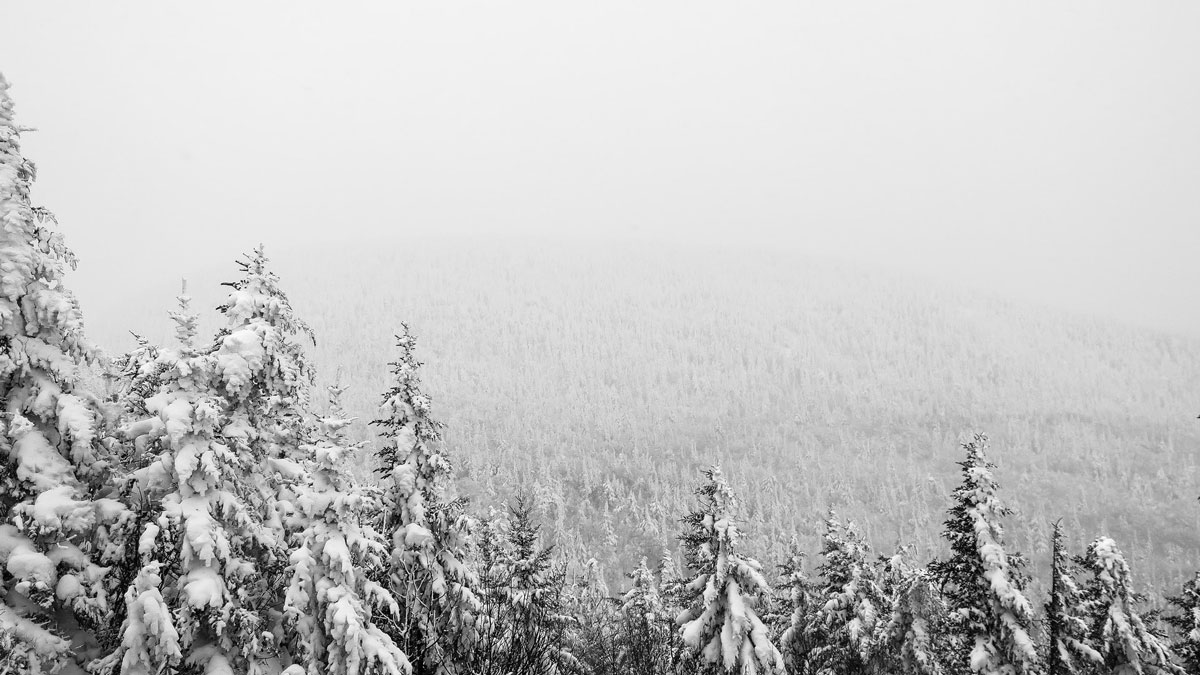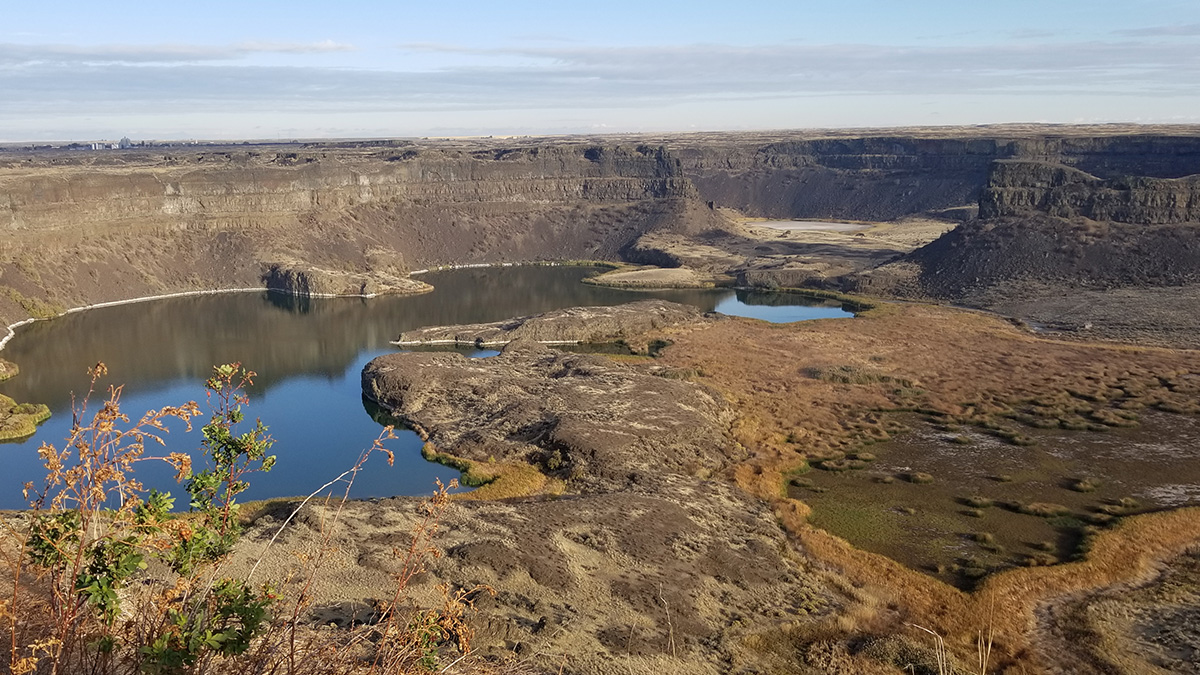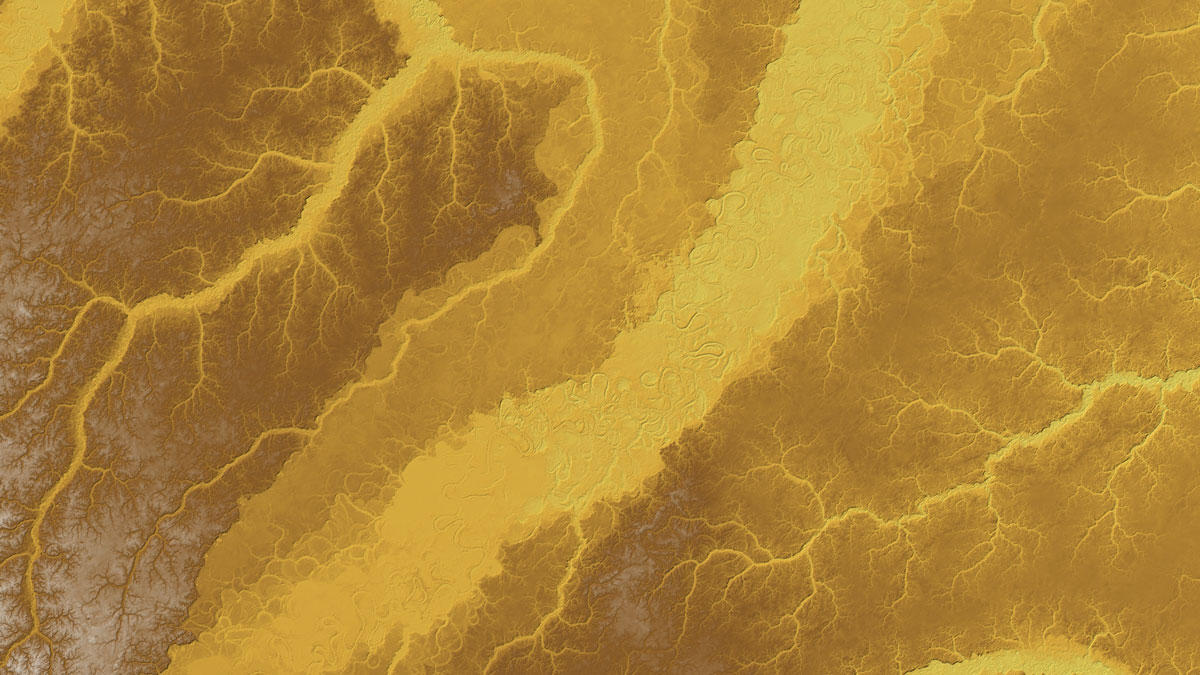Satellite-based measurements of land surface temperature may prove to be an essential pairing with near-surface air temperatures to understand global warming and cooling trends.
Rebecca Dzombak
Plants Need a Lot of Power to Pump Sap
A novel calculation reveals how much power plants need to move water through their stems—and how plants gain energy from the process.
New Map of Proposed Mantle-Driven Topography Stirs the Pot
The role the deep Earth plays in creating topography is hotly debated. A new study uses subtle elevation changes around the globe as evidence that the mantle plays a key role in building topography.
Plant-Nibbling Insects May Make It Cloudier and Cooler
Insects that eat plant leaves could change the local atmosphere, but current climate models do not account for this impact.
Steep Mountain Slopes Have Surprisingly Long Lifetimes
New models of eastern Tibetan hillsides show that steep slopes with “excess” rock last longer on average than their shallower counterparts.
Climate and Currents Shaped Japan’s Hunter-Gatherer Cultures
New climate records from a peat bog show how two neighboring cultures responded differently to shifts in climate and ocean currents.
Trees Wearing Accelerometers Help Track Snowstorms
This device allows scientists to measure how much snow is trapped in canopies and predict changes to snowpack—a critical factor in annual water availability.
Lightning Had Difficulty Forming in Early Earth’s Atmosphere
Lightning could have sparked the beginnings of life, but the primordial atmosphere might have made it more difficult for lightning to initiate.
Western U.S. “Megafloods” Might Not Have Been So Mega
The flooding that carved eastern Washington State 20,000 to 12,000 years ago could have been 80% smaller than the canyons’ volume today.
How Climate Change Shaped the Amazon’s Land and Life
Ice Age climate swings shaped the equatorial basin’s terrain—and possibly its ecology—faster than previously thought.


